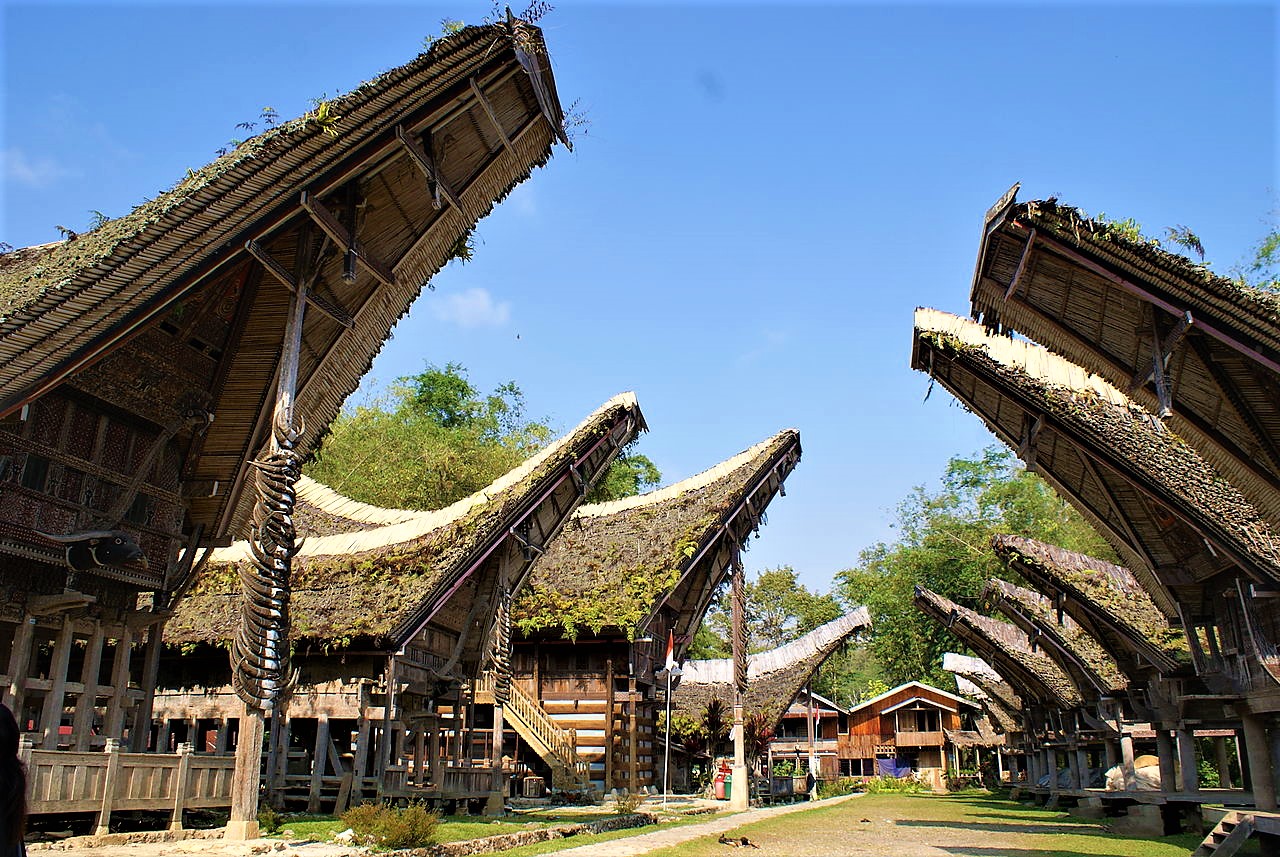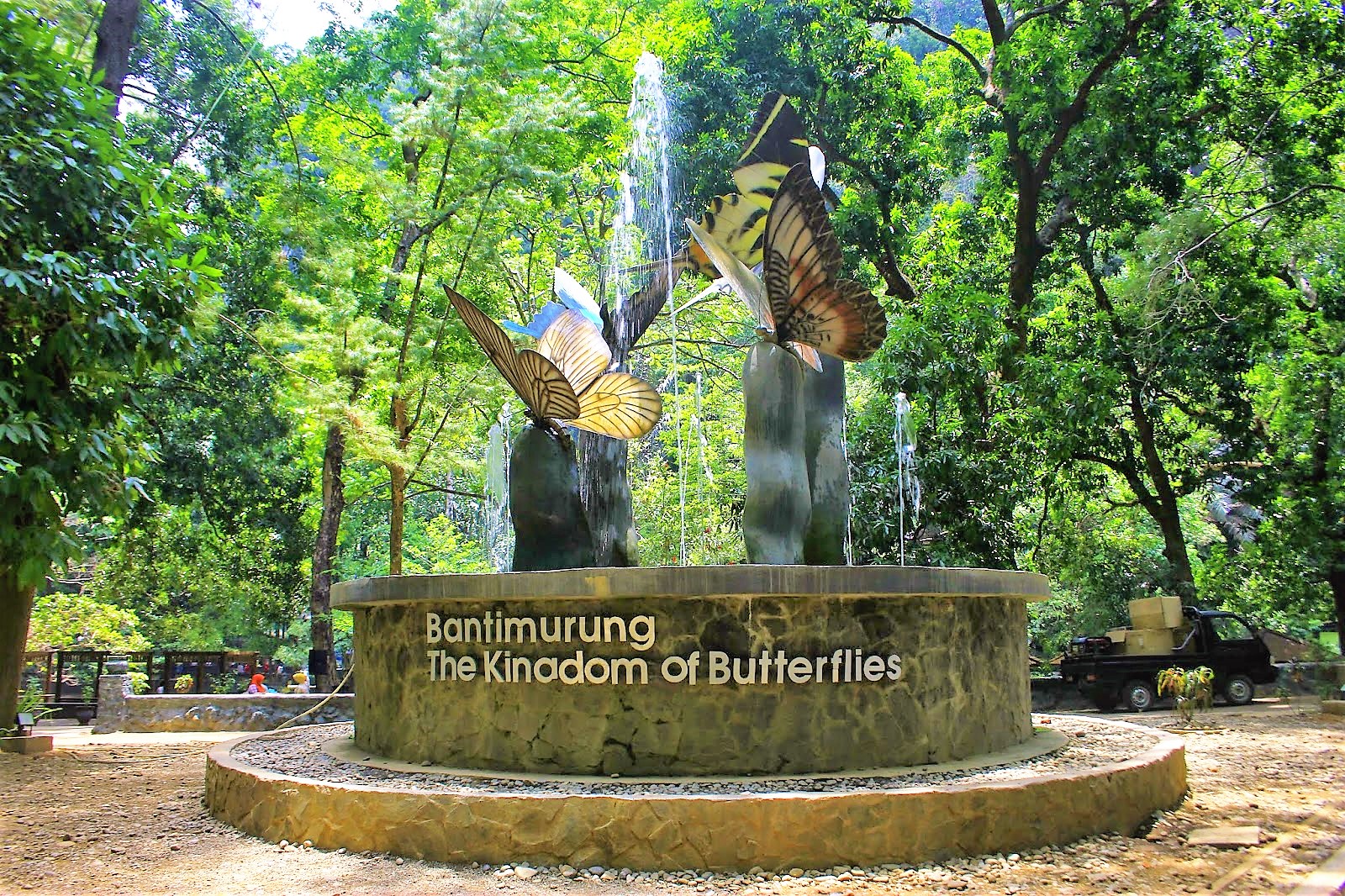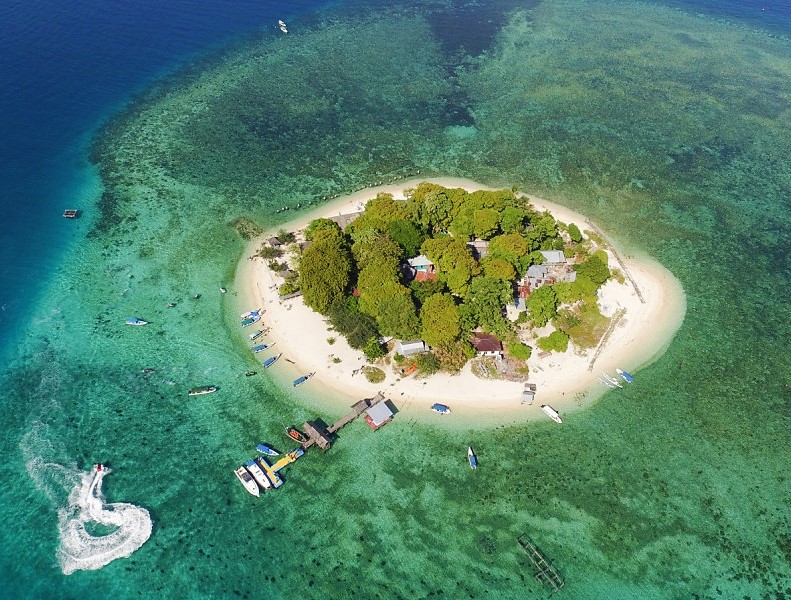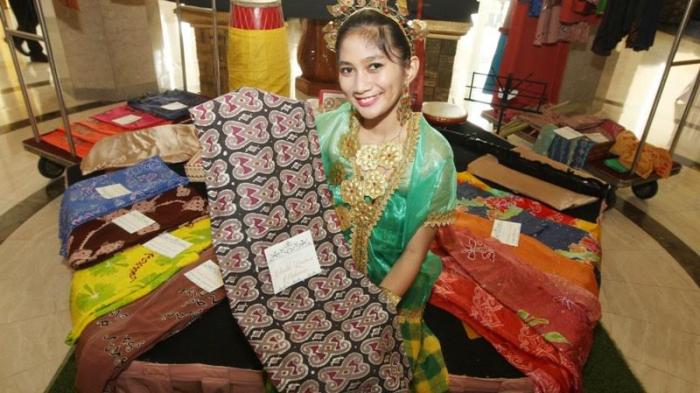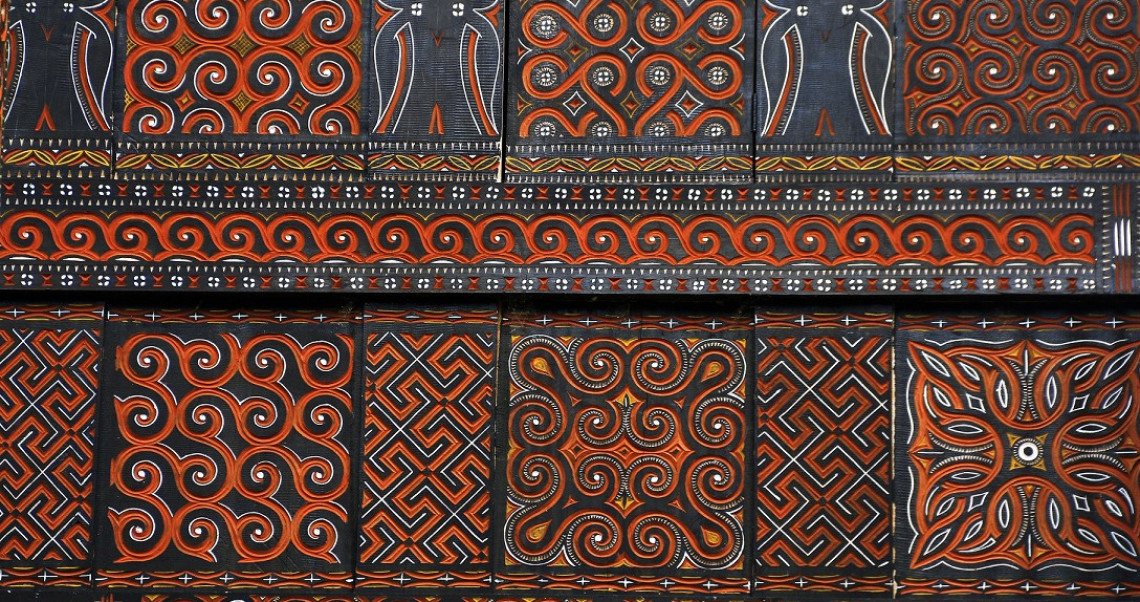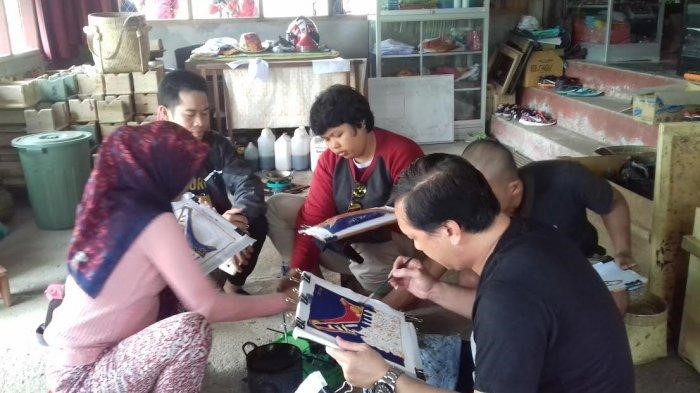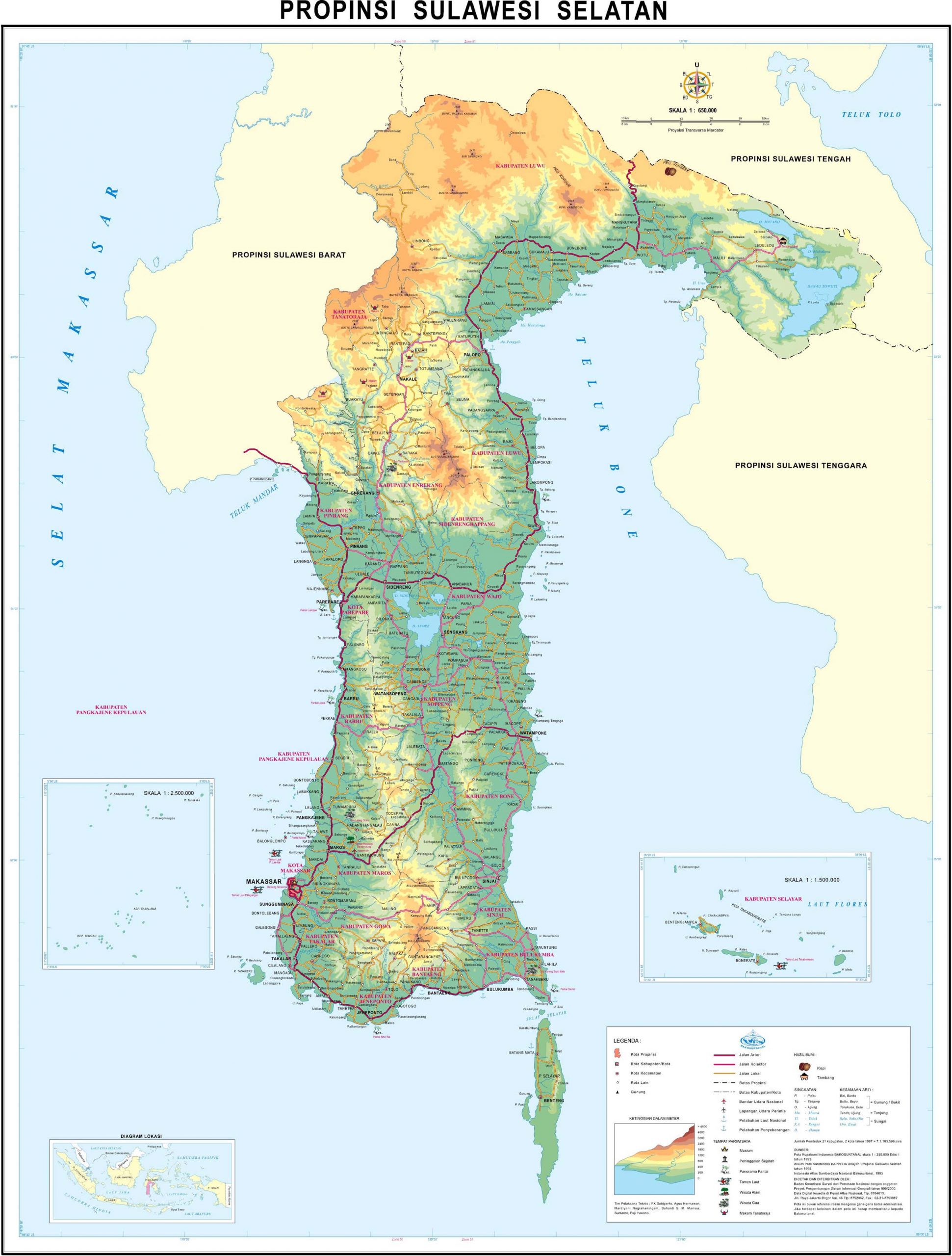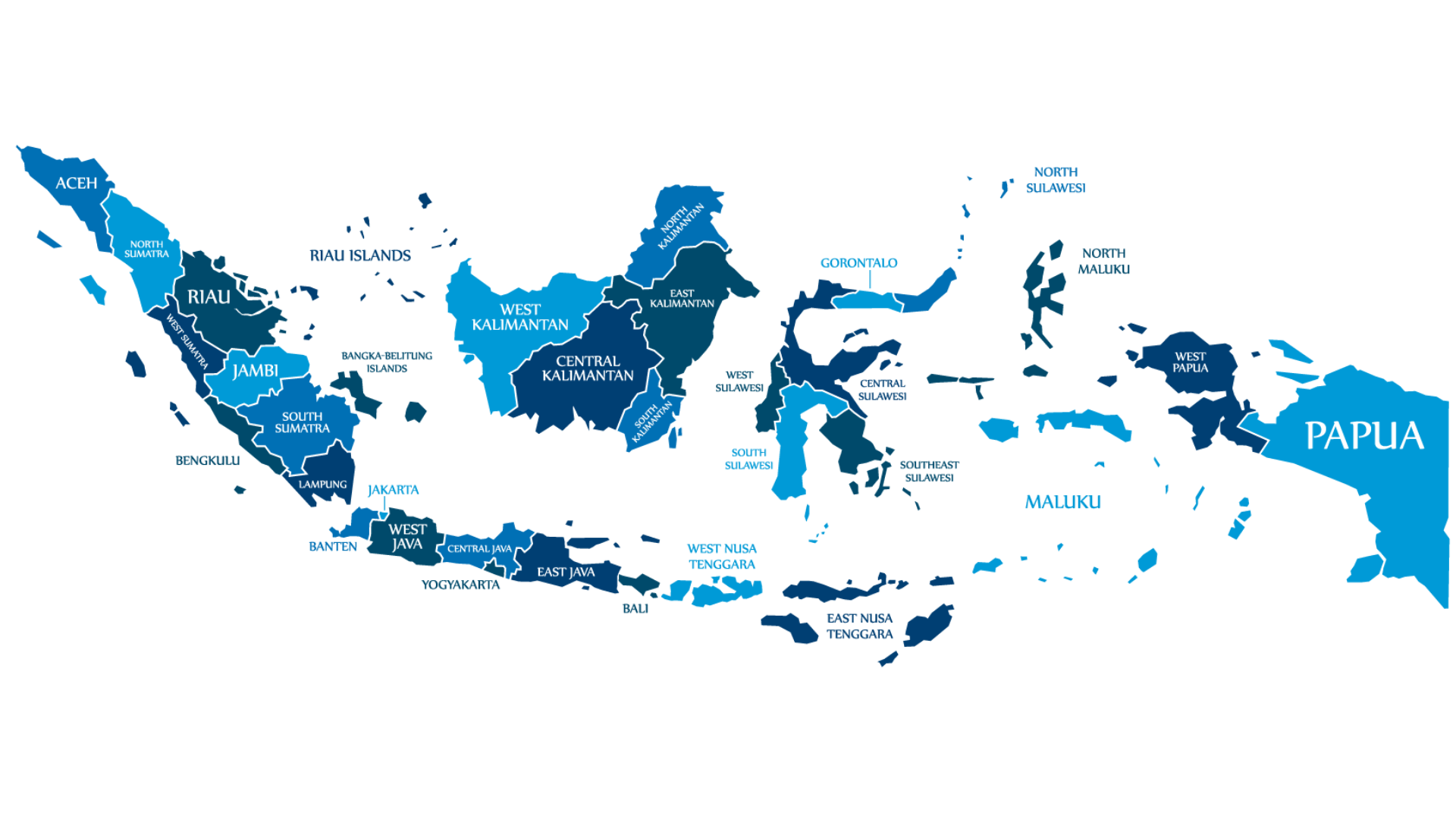Home / Batik Regions – Central Indonesia – Sulawesi Island – South Sulawesi
Facts of the region
Discover Batik in South Sulawesi
The Woven Textile Producer in Tana Toraja, South Sulawesi (photo: Enaknya Kemana)
A Batik exhibition in Makassar city, South Sulawesi (photo: Tribunnews)
The Toraja Carving Art as motif inspirations for creating Batik and the woven textile in South Sulawesi (Photo: @Pesona Indonesia)
The First Batik of Indonesian Archipelago
South Sulawesi Batik is classified into two motif groups, namely the Toraja and the Bugis motifs. This batik generally is produced using the same techniques as Javanese batik. In ancient times, the Toraja people made batik with their own wax-resist dyeing techniques long before centuries. This ethnic doesn’t receive Indian batik techniques like those developed in Nusantara regions. This historical finding supports Toraja Batik as the first Batik existed in Indonesian Archipelago.
Socio Cultural Values of Batik in South Sulawesi
The Toraja batik motif usually carries certain meaningful themes. For example, the buffalo motif, called Pateddong, symbolizes greatness, glory, and prosperity. Unlike the Toraja Batik, the Bugis Batik appears with brighter and bolder fabric colours, such as blue, red, and vanished green. The motifs are usually more expressive and illustrate the condition and character of the coastal society in South Sulawesi. There are also other motifs related to the literature such as Lontara letter motifs and La Galigo motifs are the main motifs.
Batik Motifs in South Sulawesi
How to preserve Batik
Philosophical Meanings of Batik
Learn and identify the meaning of the motifs from each region. Are you searching for a meaningful gift for your loved ones? Surprise them with a merry little Batik!
Authentic Batik
Buy the authentic handwritten Batik textiles to add to your prestigious collection. Such support will enhance the well-being of Batik artisans and preserve the living heritage.
Batik Community
If you want to meet the Batik artisans, we encourage you to visit and support Batik workshops in Indonesia. You may discover the local tourism that suits your preference!
Batik Villages in South Sulawesi
local batik workshop
Batik villages are the region where the Batik producers mostly reside. You could buy the Batik textiles from the artisans and participate in the making process of Batik on the site.
South SulAwesI
Visual Journey
in 1 Minute
Batik Production in South Sulawesi
Woven Textile Production in South Sulawesi
The Land of Mighty Ancestors
South SulAwesI
The Toraja Traditional Settlement in Kete Kesu Village, North Toraja, South Sulawesi (photo: @Ansensiun.Wikipedia)
About South Sulawesi
South Sulawesi is known as the birthplace of the Pinisi Boat, a tradition which was inscribed in UNESCO’s intangible cultural heritage in 2011. Pinisi Boat is a shipbuilding tradition involving the craftsmen community since the 16th century. In addition, this region has a distinguished ornamental culture called Toraja carving art. The Toraja symbolic art is always embedded in the architecture, exterior, and interior decoration of traditional houses, as well as in Batik and woven textile heritage.
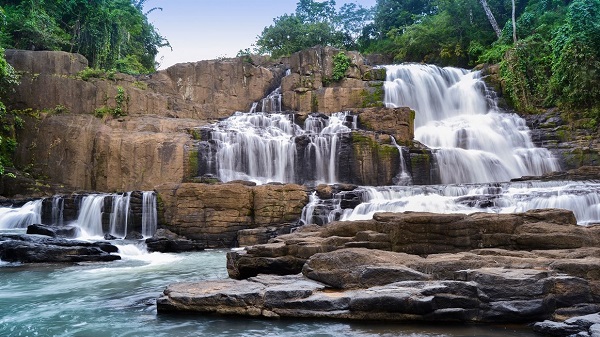
Facts about South Sulawesi
South Sulawesi is a province located in the Sulawesi Island. It borders with West Sulawesi to the north, Bone Bay and Southeast Sulawesi to the east, Makassar Strait to the west, and the Flores Sea to the south. Makassar is the capital city of the province.
The total area of South Sulawesi is 46,717.48 km2. According to the population census in 2018, its total population is 8,771,970 inhabitants. Several ethnicities live the region, namely Bugis, Makassarese, Mandar and Toraja tribes, which is known as the first civilization in South Sulawesi since 1500 BC.
One of the famous scenic natural landscapes in this province is the Parangloe waterfall in Gowa Regency, which is situated 20 km from Makassar city, South Sulawesi (Photo: @enaknyakemana).
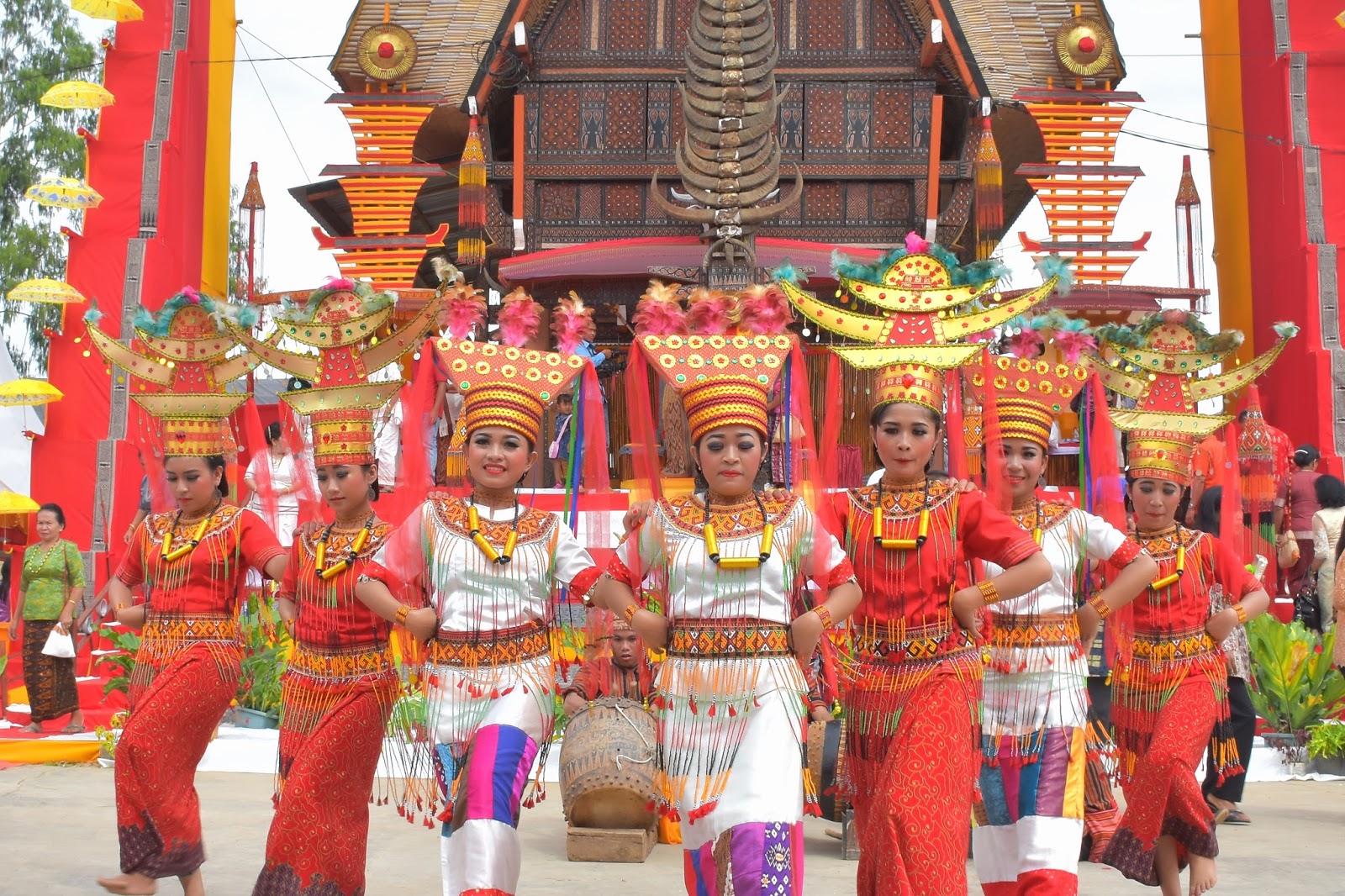
Highlights on Culture
One of the first kingdoms existed in South Sulawesi Region was the Endekan Kingdom in Babampuang and Kingdom of Toraja, ruled between the 4th until the 14th Century. During the 14th-16th Century, three major Islamic kingdoms in the South Sulawesi namely Gowa-Tallo Kingdom (Makassar Sultanate), Bone Kingdom, and the Konawe Kingdom in the 18th century emerged in the region. Nevertheless, the traditions of the Endekan Kingdom since 1000 years ago are still continued by the Toraja tribes in the Tana Toraja region until today. Those ancient traditions are Lipaq silk woven textile, Toraja carving art, and the Pinisi boat.
One of the famous traditional dances is Dao Bulan Dance. It is performed by teenage women in the guest welcoming ceremonies and harvest ceremonies (photo: @Torajaku).
Tourist Attractions in South Sulawesi
